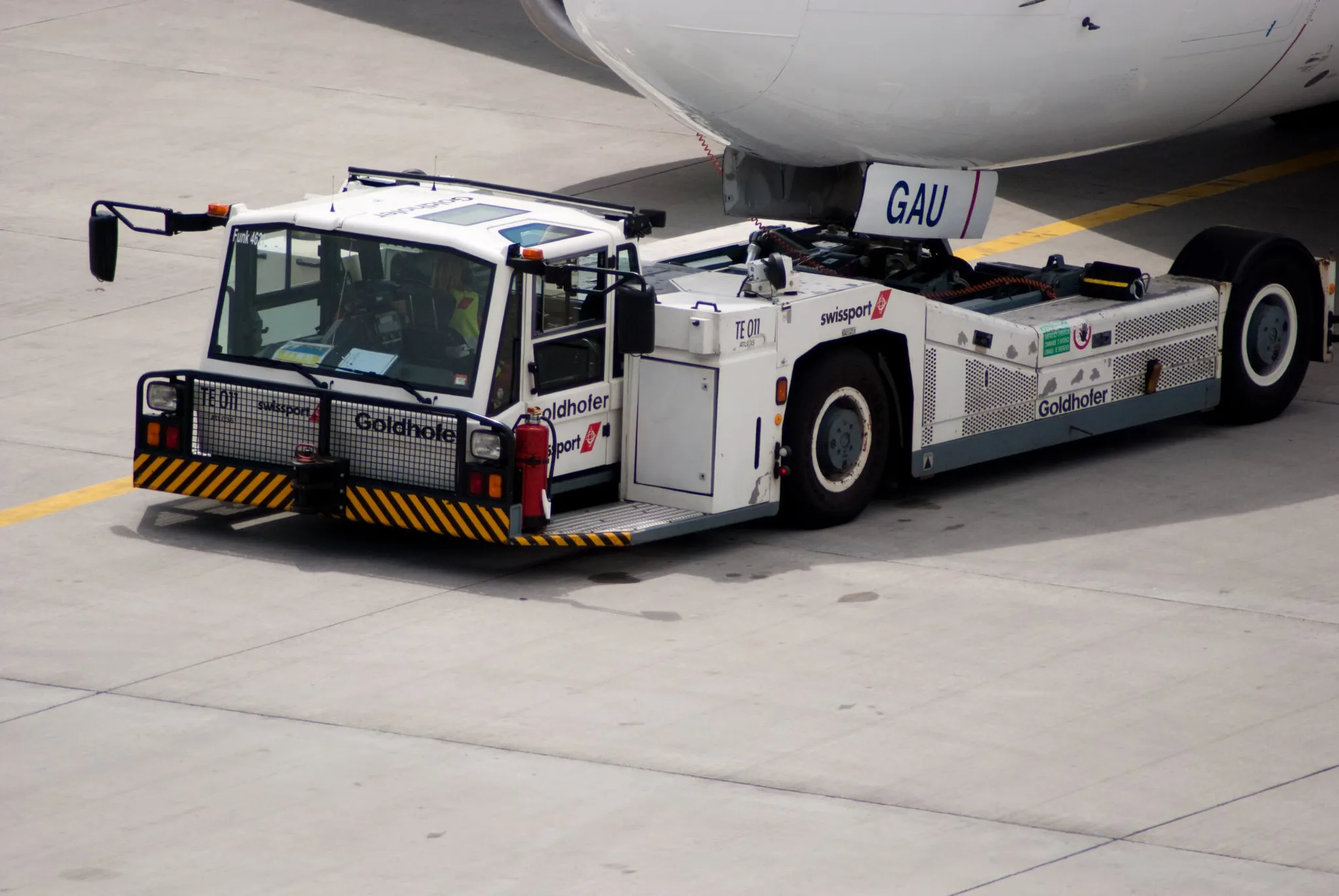Agent-Based Simulation of Hybrid Towing Operations for Sustainable Airport Surface Movement
Projects | | Links: Contact me to learn more

An agent-based simulator in Python was developed to study “hybrid towing,” where tugs move aircraft with engines off. The model coordinates aircraft, tugs, a Tug Fleet Manager, and an Intersection Manager while planning paths with A* and Conflict-Based Search algorithms. Simulation experiments explore how tug fleet size and traffic demand affect waiting time, taxi time, and overall throughput.
This project evaluated hybrid towing on the airport surface using an agent-based model. Aircraft, autonomous tugs, and two coordinating agents: a Tug Fleet Manager for assignments and an Intersection Manager for de-confliction, operate on a directed airport graph. Path planning combines A* for individual motion with Conflict-Based Search (CBS) for joint, conflict-free routes when aircraft are being towed.
How the model works (in brief):
- Aircrafts (arrivals and departures) and tugs move as point agents along graph edges; coupling/decoupling is handled by the tug. A central Tug Fleet Manager selects the best tug based on estimated time-to-pickup, while the Intersection Manager detects local tug–aircraft conflicts and replans tug paths when needed;
- Demand is generated stochastically (Poisson process), and scenarios vary tug fleet size and spawn rate to study their impact on key performance indicators: waiting time, taxi time, completed jobs, replans, and tug–aircraft conflicts;
- The simulator is modular (agents + planners), verified with targeted unit tests for core classes and algorithms, and includes a lightweight visualization for debugging.
High-level takeaways (under the modeled assumptions and considered approach):
- Adding tugs reduces aircraft waiting time quickly up to a point; beyond that threshold, more tugs bring diminishing returns because demand becomes the limiting factor;
- Average taxi times remain stable for arrivals (separated flows) and only slightly increase for departures as traffic intensifies, thanks to CBS selecting short, conflict-free routes on the map;
- A localized Intersection Manager helps lower tug–aircraft conflict rates while containing the amount of replanning needed, supporting smoother traffic without heavy central control.
Note: Due to university policies, I cannot share the full report, code, or detailed data. If you are interested in discussing the methodology or results further, please get in touch :)
